How to exercise at home?
Creating an individual strength and stretching workout to perform in a home environment
It is a challenging time to stay active and to adapt our normal activities due to the COVID-19 pandemic. As working out in group or with a supervisor is not always possible, exercises at home gain popularity. We have never been walking so much as during the past year, as it was one of the only possibilities to have some social contact. Walking, as well as cycling, is one of the best ways to train your endurance capacity on a low-impact level, with low risks of overtraining. Besides training endurance capacity, exercises are important to sustain your strength and flexibility. Unfortunately, it is not easy to create your own exercise program, to follow all the advice, and to actually find the motivation to perform it. The amount of online information and examples is enormous, making it hard to estimate which guidelines are substantiated and which are not. To help you to stay physically active, this blog gives you an overview of the benefits, the possibilities, and some concrete examples to exercise at home.
The importance of physical activity
Physical activity improves your general health status and physical function. It has been shown that physical training reduces pain severity in adults with chronic pain. Furthermore, physical exercise can improve your psychological function and quality of life. More specific, strengthening and stretching exercises contribute to injury prevention, stability, coordination, and optimal posture. Resistance training combined with aerobic exercise is even associated with lower mortality.
The benefits of workouts at home
Start creating a workout program
Unfortunately, there is no gold standard available. An exercise program should always be individually adapted. Listen to your body, do not cross your limits, and try to increase your physical activity level slowly. These guidelines can help to choose your quantities:
Example exercises
When performing a workout at home it is important to find exercises for which you do not need a lot of materials. You can exchange expensive fitness materials by equipment you already own, for instance a chair, a bottle of water or a towel. Try to implement all muscle groups in your workouts, but not necessarily train all of them every day. You can alternate them to give your muscles enough time to rest. A good start is to find some basic exercises for the most important muscle groups. From there you can increase the level of difficulty by adjusting the execution to your own level. Here are some examples per muscle of 1) a basis strength exercise, 2) an advanced exercise, and 3) a stretching method:
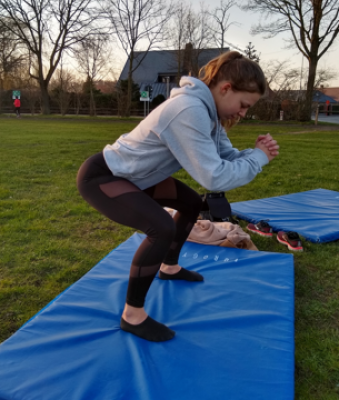
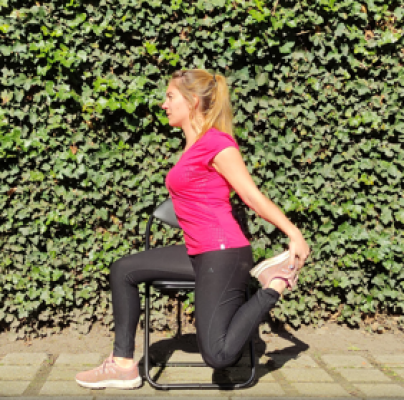
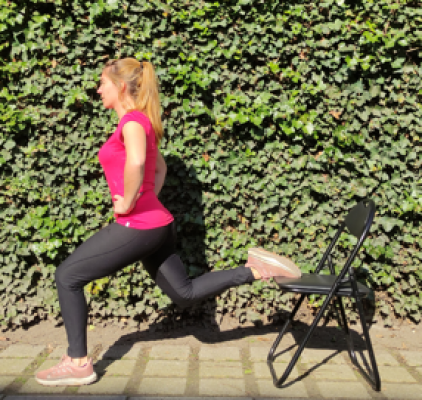
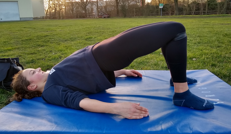
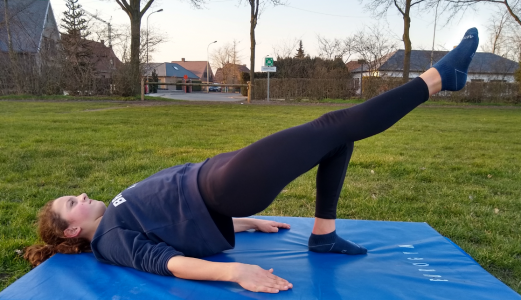
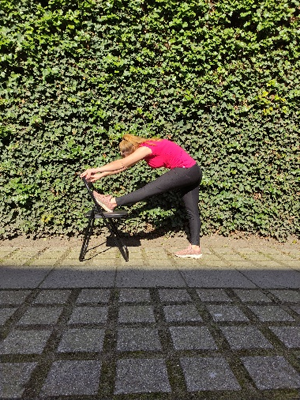
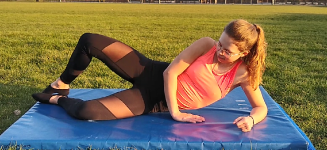
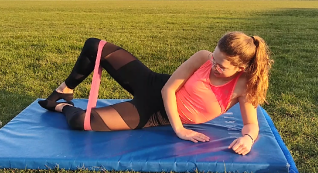
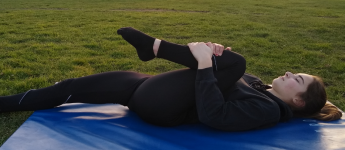

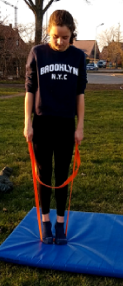
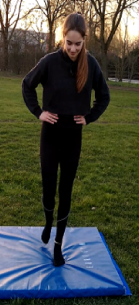
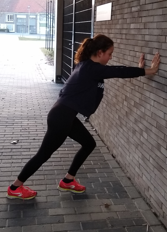

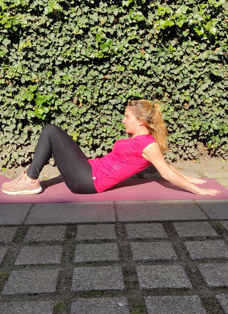

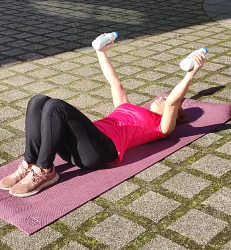
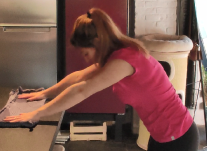
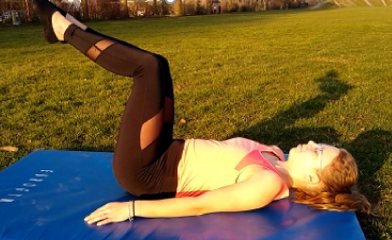
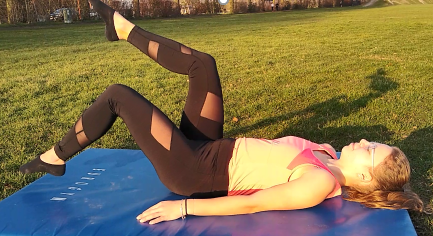
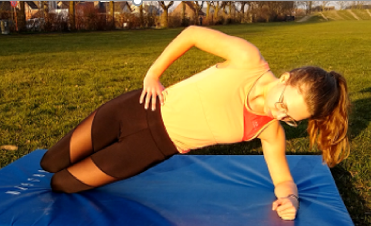
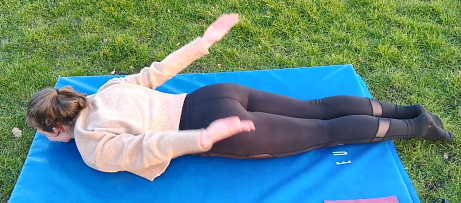
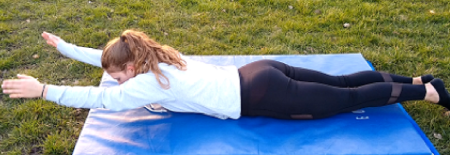
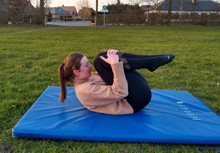
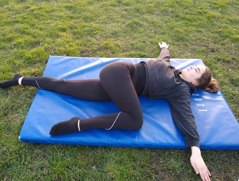
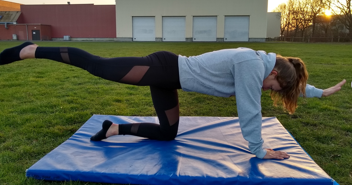
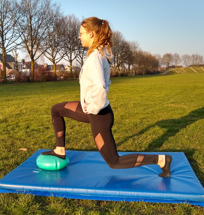
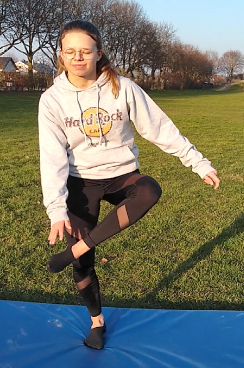
Motivation tips
Starting to become more physically active is one thing, continuing this behaviour is another challenge. Here are some easy tips to help you keep up:
Jente Bontinck
2021Pain in Motion
References and further reading:
Geneen LJ et al. (2017). Physical activity and exercise for chronic pain in adults: an overview of Cochrane Reviews. Cochrane Database Syst Rev. 2017;1(1):CD011279-CD.
Page P. (2012).Current concepts in muscle stretching for exercise and rehabilitation. Int J Sports Phys Ther. 2012;7(1):109-19.
Saeidifard F et al. (2019). The association of resistance training with mortality: A systematic review and meta-analysis. Eur J Prev Cardiol. 2019;26(15):1647-65.
Vader K et al. (2020). Promoting Participation in Physical Activity and Exercise Among People Living with Chronic Pain: A Qualitative Study of Strategies Used by People with Pain and Their Recommendations for Health Care Providers. Pain Med. 2020;21(3):625-35.